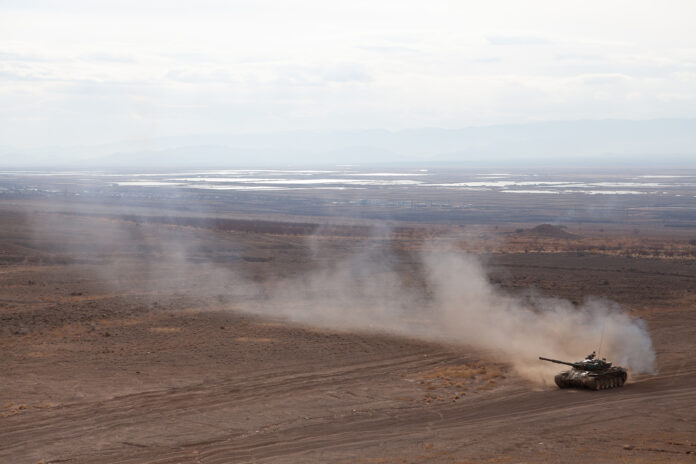War is one of the most devastating manifestations of human conflict that not only destroys lives and property, but also leaves a lasting ecological footprint. While the direct effects of war are obvious – destroyed cities, displaced populations and lost lives – the impact on nature is often less visible, but still profound. From contaminated soil to polluted waters, wars leave behind an invisible burden that often impacts the environment for generations to come.
The environment as a silent witness to war
Nature is often a silent witness to the atrocities of war. In many conflicts, the environment is deliberately used as a weapon, be it through the destruction of forests to depopulate areas or the contamination of water to affect the supply of the population. Furthermore, the indirect effects of war on the environment are often not intentional, but result from the activities of warfare itself.
Contaminated soil and water pollution
A particularly visible legacy of the war is contaminated soil and polluted water. There are examples of this all over the world. In Iraq and Kuwait, the soil is heavily contaminated with radioactive substances due to the use of uranium munitions during the Gulf War. This contamination has a serious impact on the health of people, animals and plants in the region.
The Vietnam War has also left deep traces in nature. The use of the defoliant Agent Orange by the USA not only led to massive deforestation, but also to long-term environmental damage and an increased cancer rate among the population.
Blooming deserts and lost habitats
War can also lead to desertification by turning areas of land into barren deserts. One example of this is the Iran-Iraq war, in which millions of landmines were laid to secure border areas. These landmines not only prevent access to arable land, but also lead to a lasting change in the ecosystem, as they destroy natural vegetation and promote the spread of deserts.
In addition, war activities often lead to the destruction of habitats and the displacement of animal and plant species. For example, the war in Syria has caused considerable damage to the country’s nature reserves and severely impaired the habitat for endangered species such as the Syrian brown bear and the Persian leopard.
Contaminated sites and unexploded ordnance
Another serious problem that affects nature long after the end of a conflict is unexploded ordnance (UXOs) and contaminated sites. These can pose a deadly threat to humans and animals and severely restrict the use of land for agriculture, housing and leisure activities. Countries such as Cambodia, Laos and Vietnam, which are still struggling with the consequences of landmines and unexploded ordnance from past conflicts, are particularly affected by this problem.
The urgent need for action
Given the far-reaching and long-term effects that wars can have on the environment, it is essential to take measures to protect nature from the damage caused by war. This requires not only the minimization of the environmental impact of war activities, but also the removal of contaminated sites and the restoration of damaged ecosystems.
International organizations such as the Red Cross and the United Nations are actively working to clear landmines and provide humanitarian aid to those affected by the environmental impact of war. It is also important that governments around the world resolve conflicts peacefully and avoid armed conflict in order to prevent the destruction of life and nature.
The invisible costs of war
Wars not only cause physical destruction and human suffering, but also have serious and long-term effects on nature. From contaminated soils and polluted waters to lost habitats and unexploded ordnance, the consequences of war often affect the environment for generations. It is therefore crucial that we are aware of the environmental impact of war and take action to protect nature from the invisible scars of war.
Sources
1 United Nations Environment Program (UNEP). (2009). “War and Environment: A Resource for Health Professionals”. https://www.unep.org/resources/report/war-and-environment-resource-health-professionals
2 International Committee of the Red Cross (ICRC). (2022). “Environmental impact of armed conflicts.” https://www.icrc.org/en/document/environmental-impact-armed-conflicts



